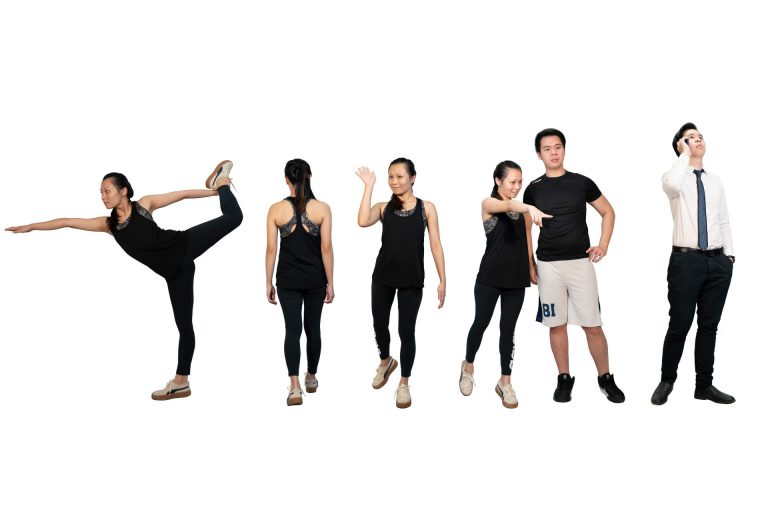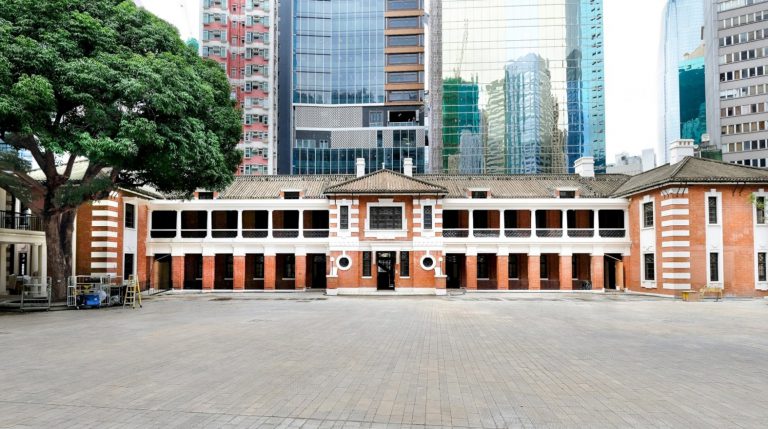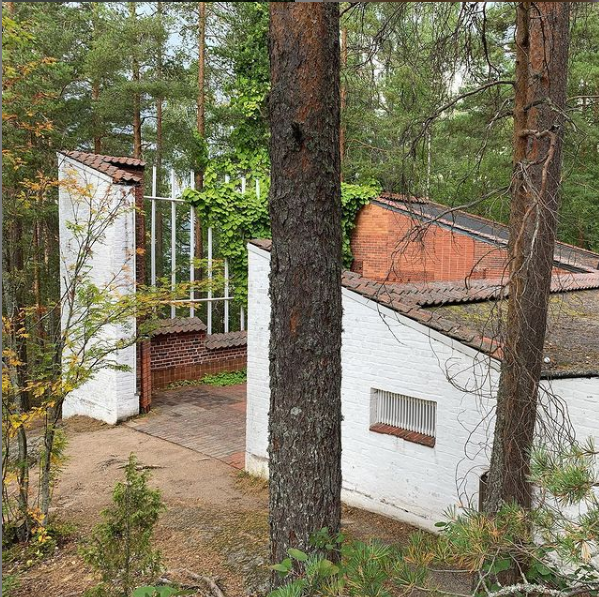【Meet Our Alumni】Robin ALBRECHT
Date & Time
12.04.2021The most important people at any school are its students. But what is it like to study here? We spoke to Robin Albrecht (BSSc 2020), who graduated from our Bachelor of Social Science in Architectural Studies programme with first class honours and receiving the AIA Hong Kong Scholastic Award as the top ranked graduate among several other prizes. Robin currently works as a Year-out Architectural Assistant at Nelson Chen Architects.
Tell us more about yourself.
I am from Germany. I first came to Hong Kong during high school on a year-long cultural exchange programme. I lived with a local family and attended a local secondary school in Tuen Mun. That year truly has been a life-changing experience for me, so I decided to pursue my undergraduate studies in Hong Kong.
What is your best memory at the CUHK School of Architecture?
I will never forget the nights staying up late in the studios, building models and preparing drawings. The most exciting moment is certainly to pin-up my project for reviews. The sense of achievement after long hours of hard work is immense.
Other memorable scenes are the close interaction between us – the students – and the faculty. I still recalled the very first time I visited the CUHK School of Architecture. I got a tour of the school building and passed by the office of the then School Director, Professor Nelson CHEN, who instantly invited us for tea. That was the first of many good encounters throughout my years at CUHK.
What are the most important things that you learnt from your time here?
The architecture programme is embedded in the Faculty of Social Science. This is a rather distinctive feature of the CUHK School of Architecture. A significant learning point from my studies is that architecture has a powerful agency to bring changes to our communities. We, as architects, can create works of architecture that empower communities and foster equality in the built environment. I once joined a summer elective course in the Philippines led by Professor Francesco ROSSINI. We were tasked to design a playhouse as a 1:1 prototype in Baseco, a disadvantaged urban district in Manila. Taking the city’s hot and humid climate into consideration, our design emphasised natural ventilation. This was very different from the adjacent housing resettlement, which was built with concrete walls and metal roof. Upon completion of our playhouse project, the leaders from the local NGO we cooperated with were amazed at the changes a carefully designed building can bring to the community. Our project serves as a reference for future projects in the neighbourhood, as it proves that sustainable buildings are technically feasible and economically viable.
What are you working on at the moment?
I recently started to work on a project fostering diversity in architectural representation. When we prepare architectural renderings for our designs in school, which typically are based in Hong Kong and the Asia-Pacific region, it is very difficult to find local scale figures for our drawings while there are vast libraries of scale figures for European contexts available online. I wanted to kick-start a project with my friends from CUHK to build up a library providing a greater diversity of scale figures.
Tell us about one of your past projects.
A few years ago, I co-founded the Parallel Project, an advocacy group at CUHK that raises awareness to foster more interaction among local and international students on campus. In recent years, the international student community on campus has grown rapidly, raising the need for better social integration. I applied my design knowledge from architecture courses to organise several pop-up exhibitions across campus, advocating that student activities should be made accessible to non-Cantonese speaking students.
What is your favourite architectural piece at the moment?
That is a difficult question. I don’t have a favourite building, but some works have a deep impact on shaping my understanding of architecture. Two buildings come to my mind: Tai Kwun in Hong Kong, and Alvar Aalto’s Muuratsalo Experimental House in Finland.
My instructor of the year 3 fall term studio, Professor Brian ANDERSON, often shared his experience of leading the heritage assessment and adaptive re-use of the existing buildings of the former Central Police Station Compound, and its transformation into the present Tai Kwun Centre for Heritage and Arts. My year 4 spring term studio instructor, Professor CHAN Chi-yan, also worked on this project for Herzog & de Meuron and shared her insights with us. I think Tai Kwun is inspiring as its conservation approach is unique in comparison to other conservation projects across Hong Kong.
I first learnt about Alvar Aalto’s Muuratsalo Experimental House in my year 3 fall term studio. I was fortunate to get a chance to visit the building in the summer of 2019 as the recipient of the Leigh & Orange Travel Scholarship for Design Innovation. The building fascinates me because it is somewhat mysteriously hidden in Muuratsalo Island’s forests, overlooking a lake.












